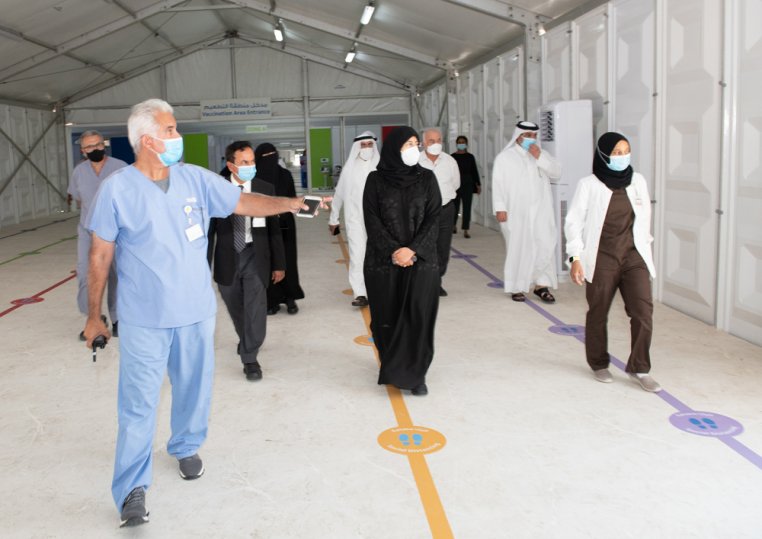A new study published in the British Journal of Sports Medicine finds that even a few minutes of low-intensity physical activity may significantly reduce mortality risk among senior men.
The Centers for Disease Control and Prevention (CDC) recommend that adults aged 65 and over engage in 150 minutes of moderate-intensity aerobic physical activity every week. This should be in bouts of at least 10 minutes, they say.
Aerobic activity refers to any kind of exercise that improves the heart and the lungs. Some examples include brisk walking, running, swimming, and cycling.
In addition to the 150 minutes, the CDC also advise seniors to engage in muscle-strengthening activities on at least 2 days per week.
If moderate activity takes up too much time, these recommendations can be tweaked into vigorous-intensity equivalents, as detailed on the CDC website.
As the scientists mention in their new study, research has shown that people who regularly engage in moderate-level physical activity have a 20–30 percent lower risk of premature mortality compared with inactive adults, and the benefits seem to be greater as people age.
But such an amount of physical activity can be difficult to integrate, so researchers led by Dr. Barbara Jefferis, of the Department of Primary Care and Population Health at University College London in the United Kingdom, set out to examine whether even lower levels of exercise intensity affected the mortality risk in seniors.
Low levels of physical activity and aging men
So, Dr. Jefferis and her team used the British Regional Heart Study to recruit 1,181 male participants aged 78, on average, for their own research.
In 2010–12, the researchers asked these participants to wear an accelerometer — which is a device that measures the amount and intensity of physical activity — for 7 days.
Source: www.medicalnewstoday.com








Leave A Comment
You must be logged in to post a comment.